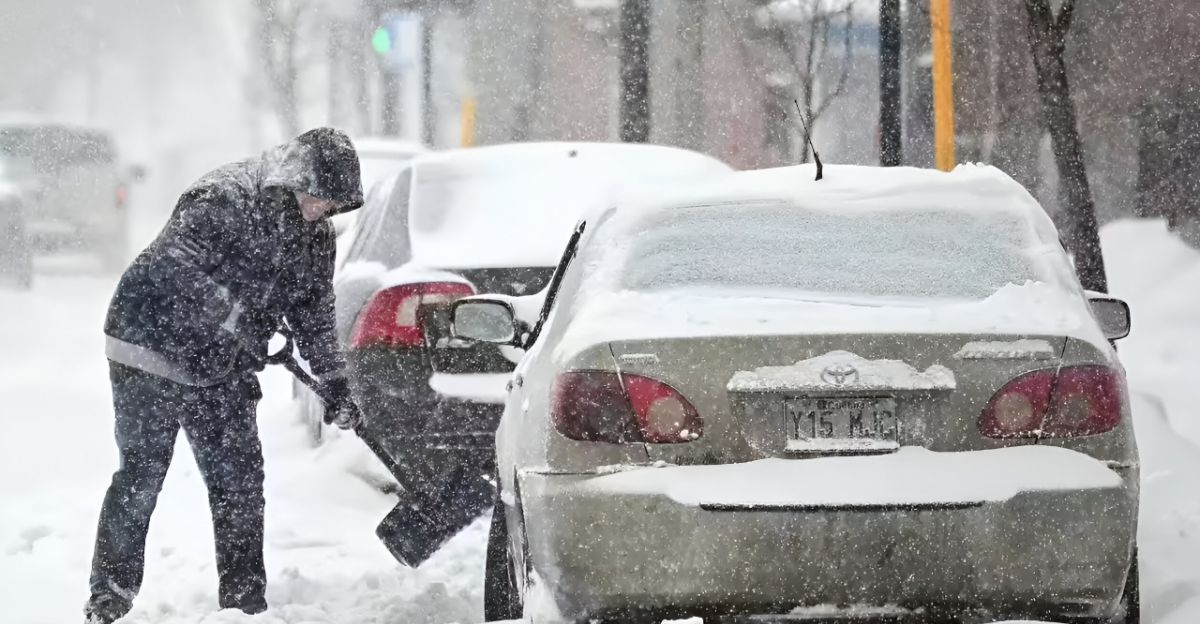
A huge winter storm is sweeping across much of the United States, bringing dangerous blizzard conditions to millions of people. The storm is spreading heavy snow and powerful winds through parts of eight states, including Wisconsin, Minnesota, Michigan, Ohio, Pennsylvania, New York, Montana, and Washington.
Some areas might see more than 20 inches of snow, and gusts of wind could reach up to 55 miles per hour. This makes driving extremely dangerous, nearly impossible in spots. Officials have warned that holiday travel could get very difficult, power could go out, and the cold will feel even worse because of the wind.
Where Is the Storm Going?

This strong storm began over the northern Plains, then moved through the Upper Midwest, and is now heading toward the Great Lakes and the Northeast. As it goes, it has been dumping snow and blowing wind along its entire path.
Counties in eight states have been put under the most serious winter weather alerts. In some places, these warnings include blizzard or lake-effect snow, which means conditions may become extremely dangerous and change quickly. The storm is not just affecting big cities, smaller towns and rural areas are also right in its path.
Just How Much Snow?
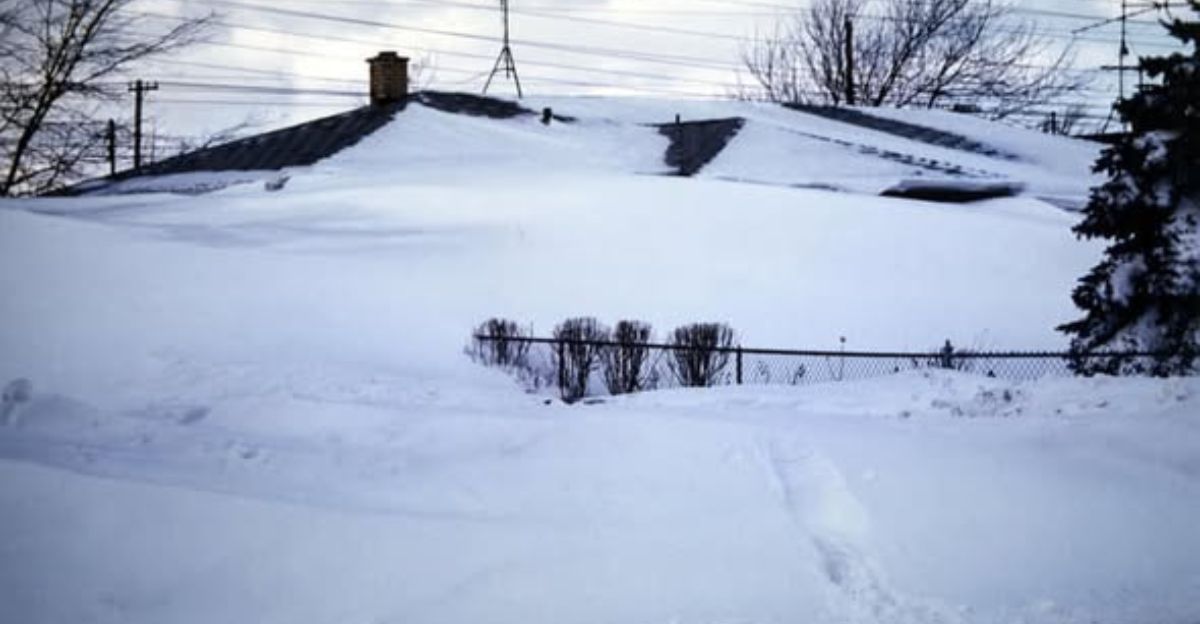
Forecasters say some spots could get hit with as much as 20 inches or more of snow, especially near the Great Lakes and in higher elevations. Places in northern Wisconsin and Michigan’s Upper Peninsula may see between 12 and 18 inches of snow, falling as fast as 1 to 2 inches per hour at times.
Meteorologist Jon Porter of AccuWeather explains, “Lake-effect snows can pile up extreme amounts in a short period, making travel almost impossible.” If you live in these high-snow areas, get ready for plenty of shoveling and drifting snow.
Fierce Winds Create Danger
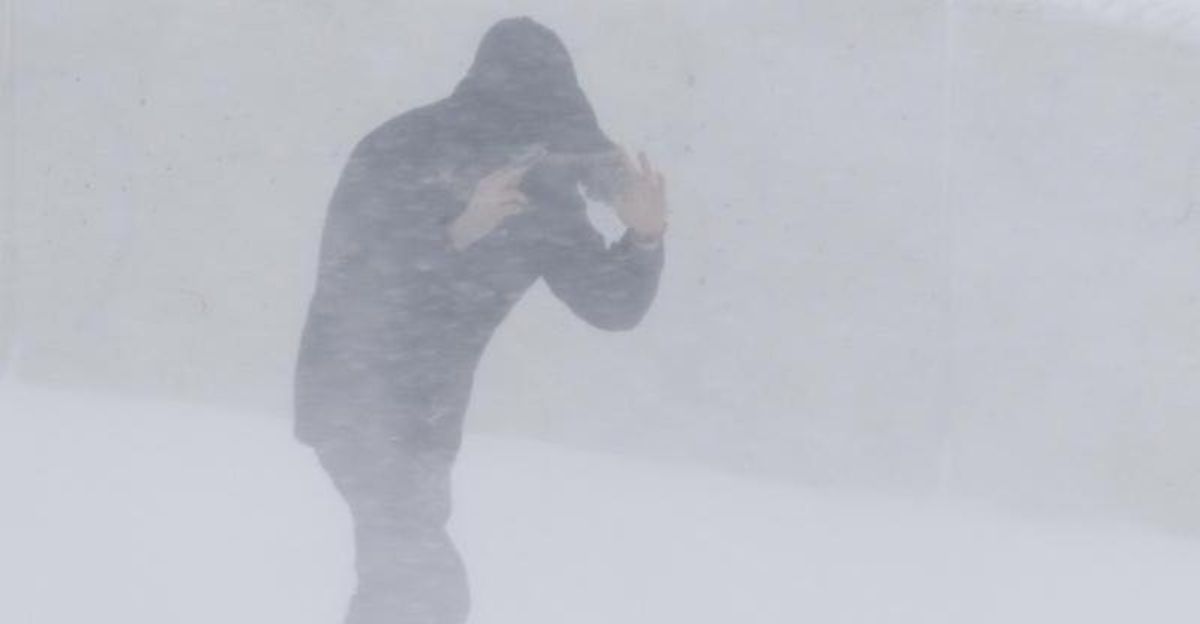
What makes this storm even scarier are the winds, with gusts expected to reach up to 55 miles per hour, especially in Michigan and the Great Lakes region. These strong winds pick up the deep, powdery snow and can blow it across roads and fields, which leads to whiteouts where you can’t see anything, not even the car in front of you.
Big snowdrifts may block entire roads, and the swirling snow can make it impossible for rescue workers to reach people who need help. As the National Weather Service says, “Travel could be extremely difficult to impossible. Blowing snow will significantly reduce visibility.”
Why Is the Storm So Risky?
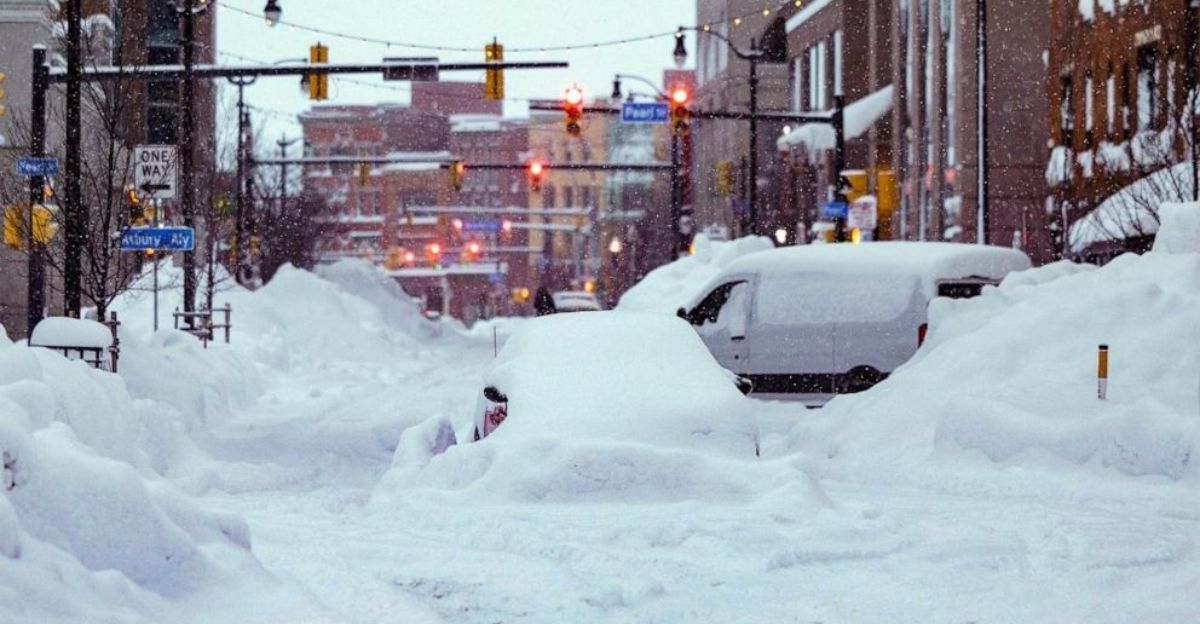
The mix of heavy snow and very strong winds creates what’s called whiteout conditions, where the road disappears and even nearby cars can vanish in the swirling snow. If your vehicle gets stuck or slides off the road, you could quickly face freezing temperatures and dangerous wind chills.
This can lead to frostbite or even hypothermia. In very bad cases, if your car’s exhaust pipe gets blocked with snow, there’s also a risk of carbon monoxide poisoning.
What Makes a Real Blizzard?
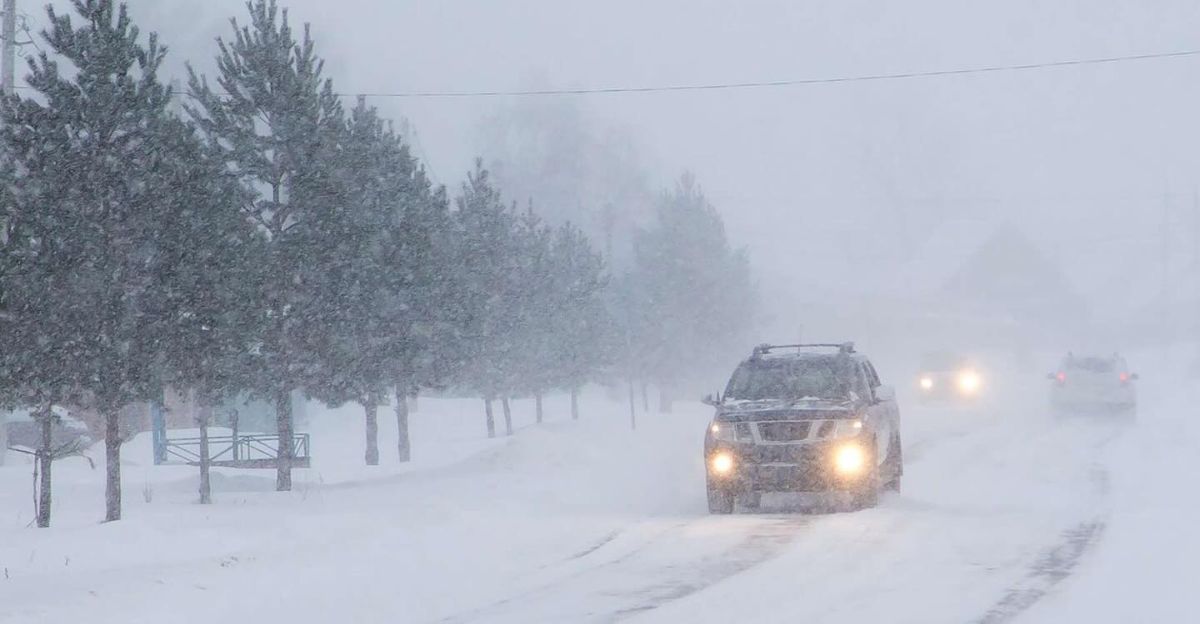
A storm is officially called a blizzard when strong winds of at least 35 miles per hour, combine with falling or blowing snow to bring visibility down to a quarter mile or less, for at least three hours. Many areas in the Great Lakes region are meeting these conditions, which is why the National Weather Service has issued blizzard warnings.
These warnings mean don’t travel unless absolutely necessary, according to the National Weather Service. It’s important to know that even if it isn’t snowing heavily, strong winds can whip up snow on the ground and create dangerous blizzard-like conditions.
Which Areas Are Hit Hardest?
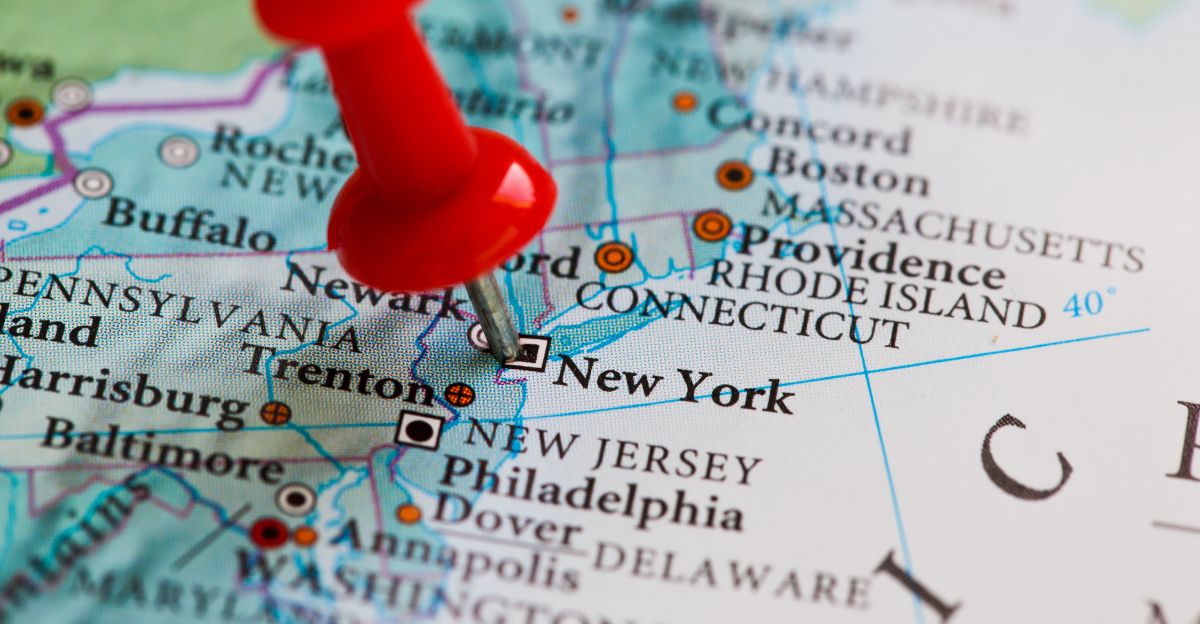
Smaller towns and open areas in northern Wisconsin, Michigan’s Upper Peninsula, New York, and Pennsylvania are some of the most at-risk zones. In these regions, open roads and flat fields let the wind blow snow for miles, leading to huge drifts and blocked highways.
Communities near Lake Superior and Lake Michigan may get bands of snow that keep coming and going over the same spots, these lake-effect bands can quickly add up to much higher snow totals. “Living near the Great Lakes means you can see truly wild winter weather,” says Professor Mark Seeley, a climate scientist.
Highways and Roads in Trouble
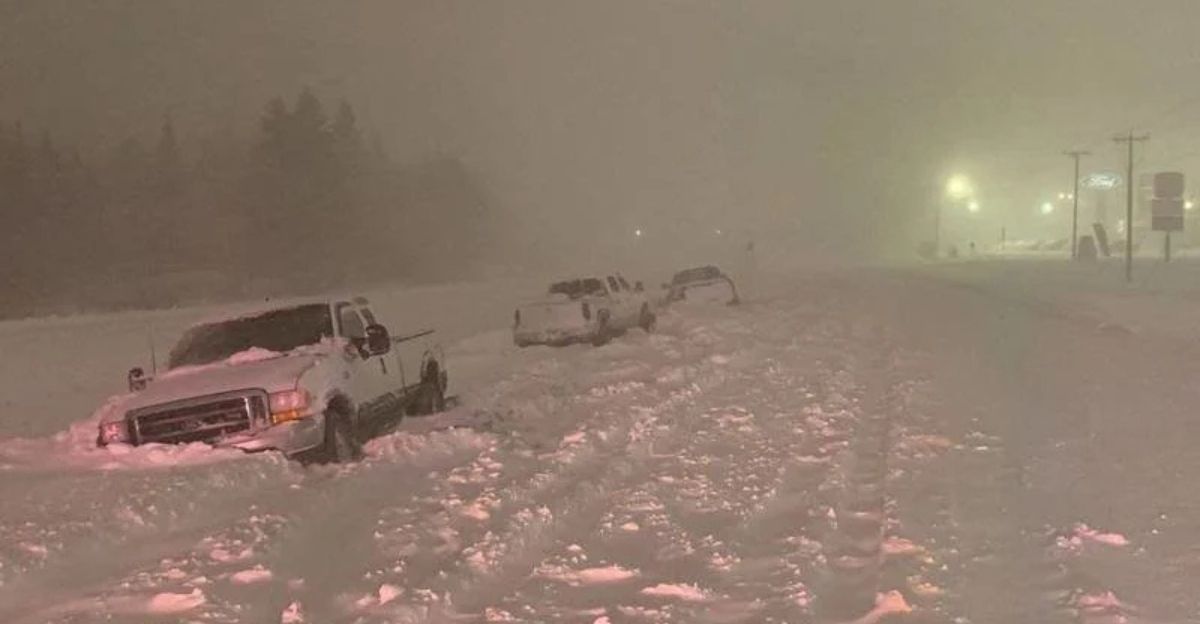
Transportation officials warn that both major interstates and smaller roads could be closed for hours, or days, if the snow and wind make it too dangerous for drivers and plow trucks. Plow crews will work around the clock, but when snow falls fast and wind blows hard, even freshly cleared roads can get covered in minutes.
It doesn’t take long for accidents to happen, especially with trucks losing control. According to the U.S. Department of Transportation, “Winter storms are among the most dangerous conditions for both drivers and highway workers.”
Flight Delays and Holiday Disruption
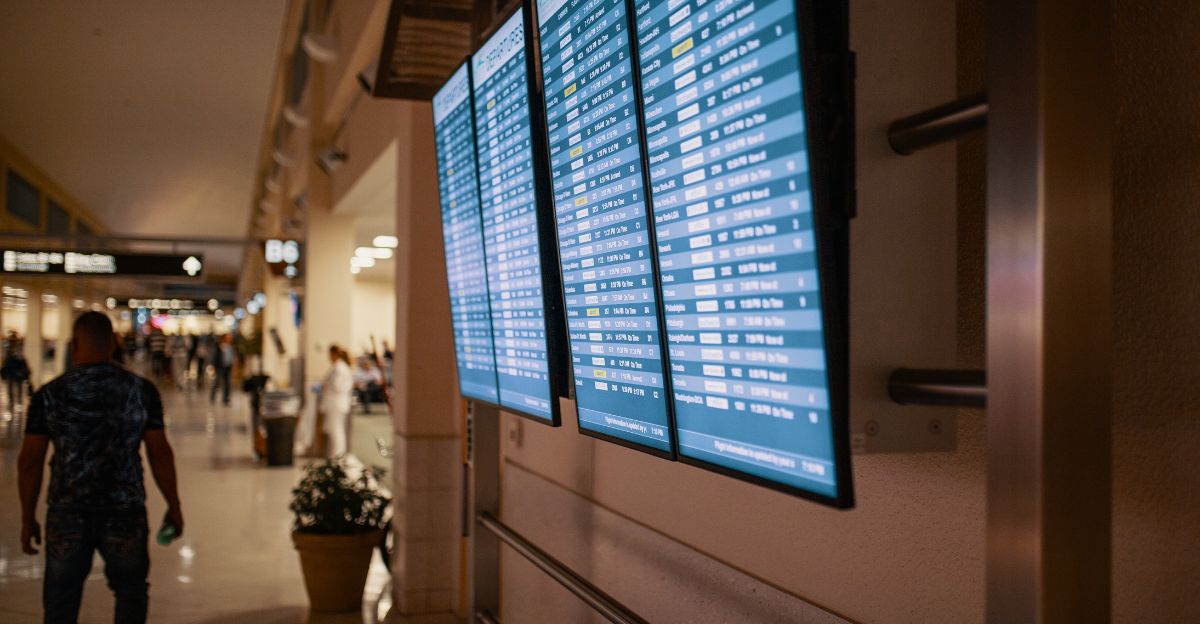
The storm is hitting right when many people are trying to travel for the holidays. Airports in hub cities across the Midwest and Great Lakes could face major delays due to heavy snow, icy runways, and strong crosswinds.
When flights get canceled in these key airports, problems can spread across the whole country. Checking flight status often and having backup plans is highly recommended this week.
Power Outages and Other Problems
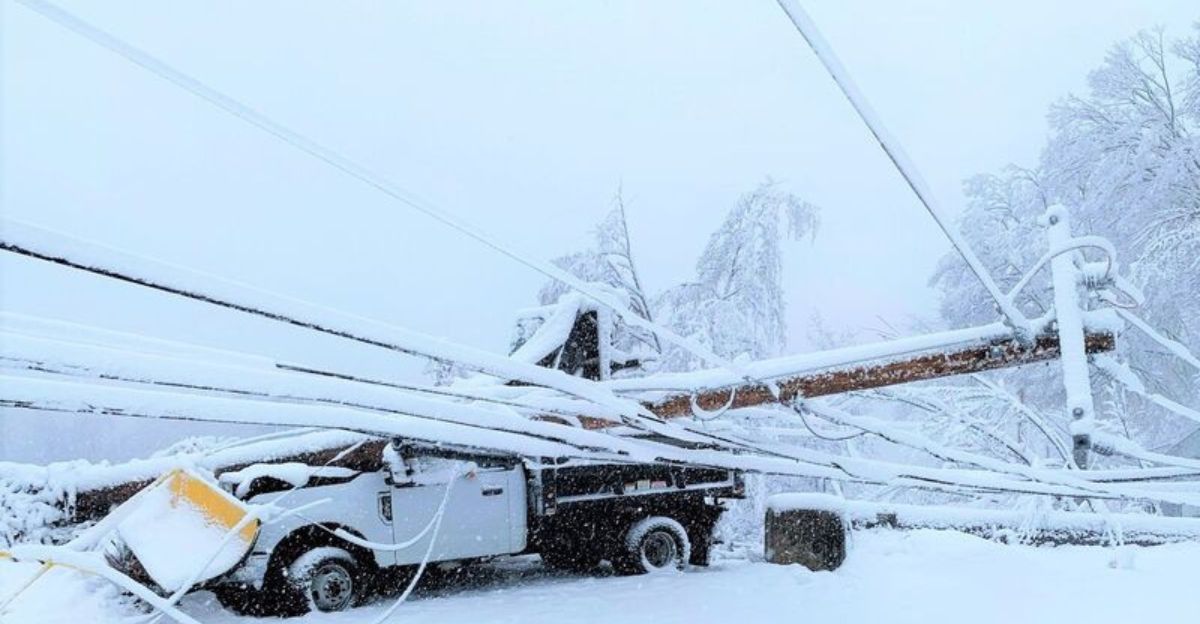
Heavy, wet snow and strong winds are tough on power lines and tree branches, which means more outages are likely as the storm continues. Losing power in freezing weather can be dangerous, especially for people who depend on electricity for heat or medical devices.
As the American Red Cross says, “It’s critical to have a backup plan for warmth and safety in winter storms.” Utility companies have extra crews ready, but icy roads and falling branches can slow repairs and keep homes in the cold for longer.
Risks for First Responders

Getting help can be hard during big storms. Police, firefighters, and ambulance crews may have trouble reaching stranded drivers or people with medical emergencies if roads are buried or visibility is near zero. Utility workers restoring power also face big challenges, slick surfaces, biting cold, and falling ice can make their jobs dangerous and slow.
When Cold Becomes a Health Hazard

After the snow, bitter Arctic air is moving in behind the storm, and temperatures will drop much lower than normal. Wind chills can get so cold that frostbite happens in just a few minutes, especially if your skin is exposed.
Hypothermia is also a real danger for anyone who gets stuck outside or loses heat indoors. The Centers for Disease Control and Prevention (CDC) warns, “Wear layers, cover exposed skin, and limit time outdoors during severe cold snaps to keep safe.” Children, the elderly, and pets are especially at risk.
What Creates Intense Winter Storms?

The Great Lakes and northern states often have strong winter storms, but each one is a bit different. Changes in the jet stream, how cold or warm the lakes are, and other climate patterns can affect how heavy the snow gets and where it falls.
Warmer lakes give off more moisture, which helps create heavier bands of “lake-effect” snow when cold air blows over them. According to NOAA, “Lake-effect snow is one of the most variable and intense weather events in the country, shaped by both large-scale patterns and local conditions.”
Life After the Storm and What’s Next
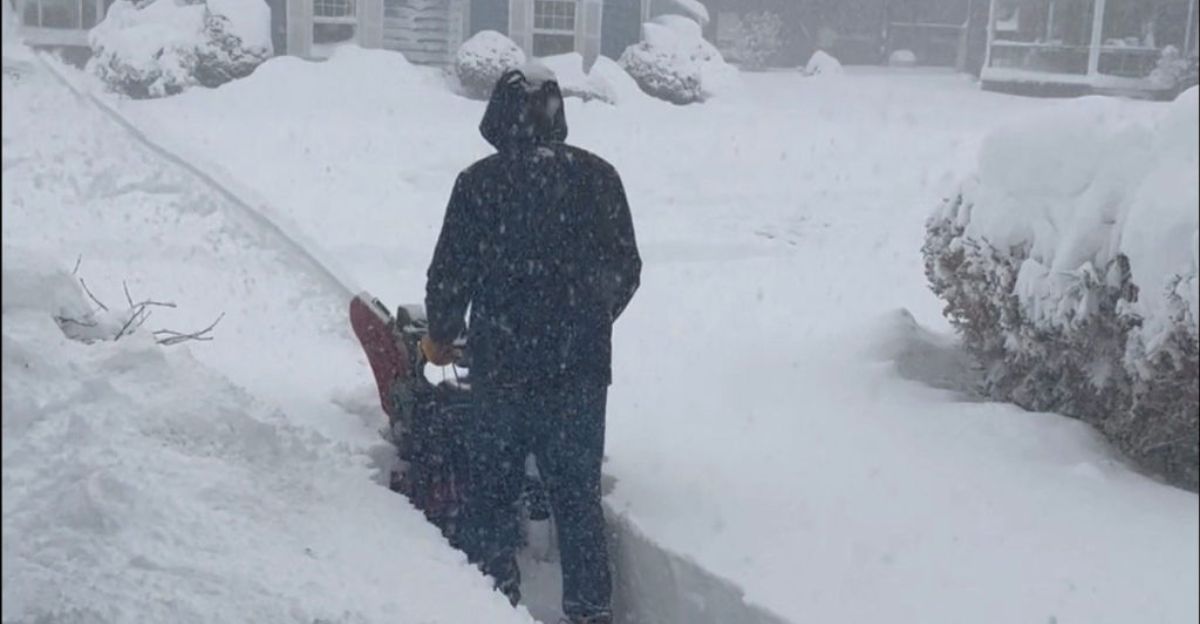
Even after the snow stops, strong winds can keep whipping snow around and make roads dangerous for another day or more. As the sky clears, very cold air and refreezing slush can make hidden patches of ice, so travel may stay risky.
Officials urge drivers to be patient while crews treat roads. Weather forecasters are also watching for more storms that could hit these areas again soon.
Stay Safe During The Worst
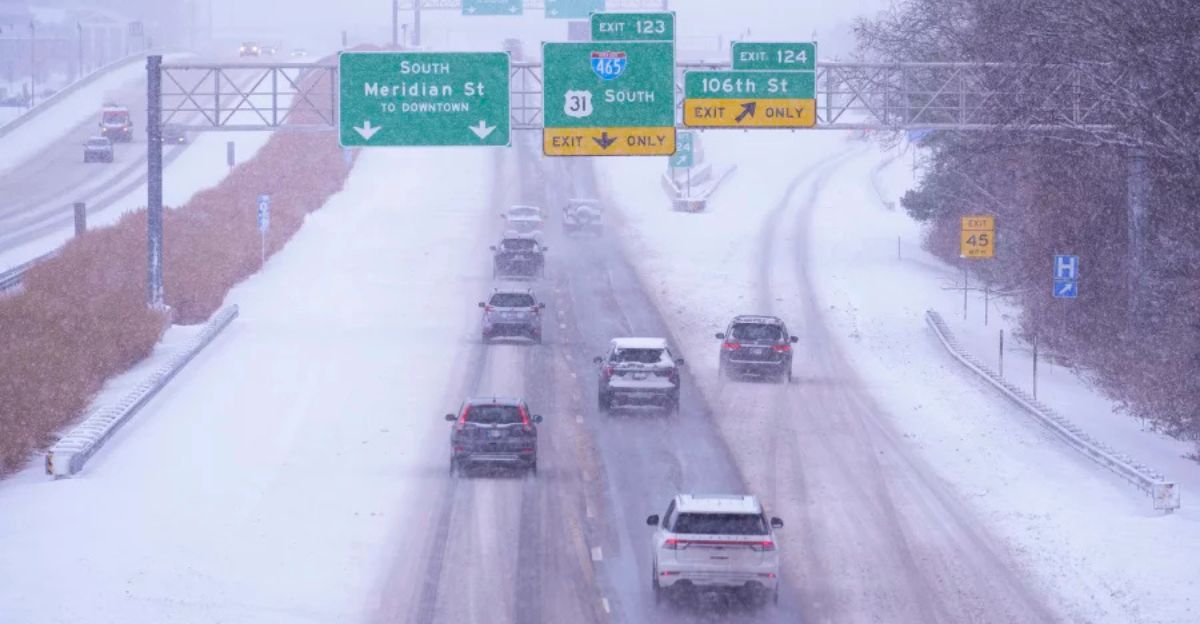
Emergency managers urge residents to avoid nonessential travel during periods of heavy snow and strongest winds, emphasizing that staying off the roads reduces risks both for the public and for plow and rescue crews. People in the warning areas are advised to keep a winter survival kit in their vehicles, including warm clothing, blankets, food, water, and a way to charge phones, in case they become stranded.
Homeowners are encouraged to secure outdoor items, clear gutters and drains where ice and snowmelt can refreeze, and stock extra food, medications, and batteries ahead of the storm’s peak. Checking generators, ensuring proper ventilation, and having multiple heating options can reduce risks if power fails for an extended period.